News and events
Filter results
Search
All

About JASA
Packaging equipment
NXXT Packaging
A New Year, new opportunities, new dreams!
Read more

Paper packaging
About JASA
Packaging equipment
WOW! The NXXT Generation Vertical Packaging Machines
Read more

Sustainability
Client case
Paper packaging
Sustainability; Fenaco makes the difference
Read more

About JASA
Careers
Interview with Joost Breed
Read more
Subscribe to receive news and updates from JASA

About JASA
Leafy greens
The JASA packaging machine in America and Canada
Read more

Leafy greens
Packaging equipment
JASA's Rotary Filler: packaging leafy greens at lightning speed
Read more

Sustainability
Tomato packaging
Tomatoes: as diverse as wildly popular
Read more
No posts found
All
All
Can we help you?

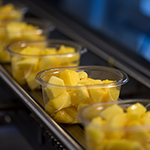
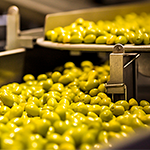

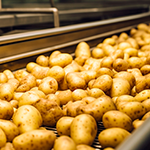


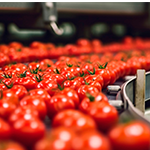
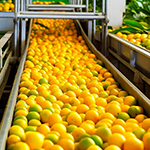
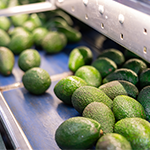
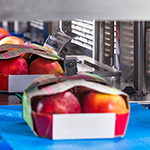
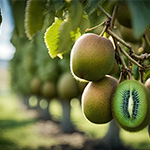
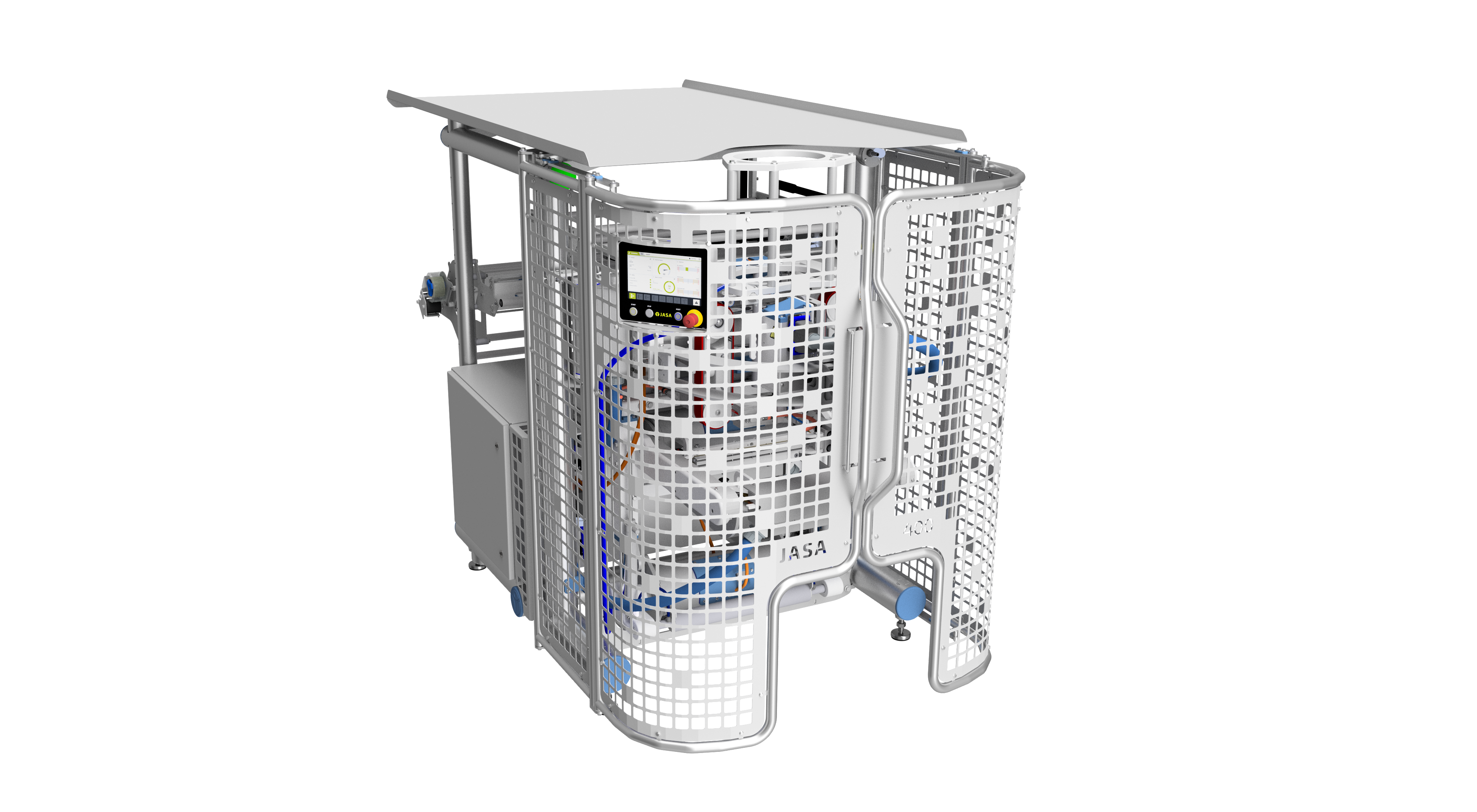
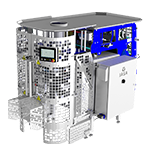
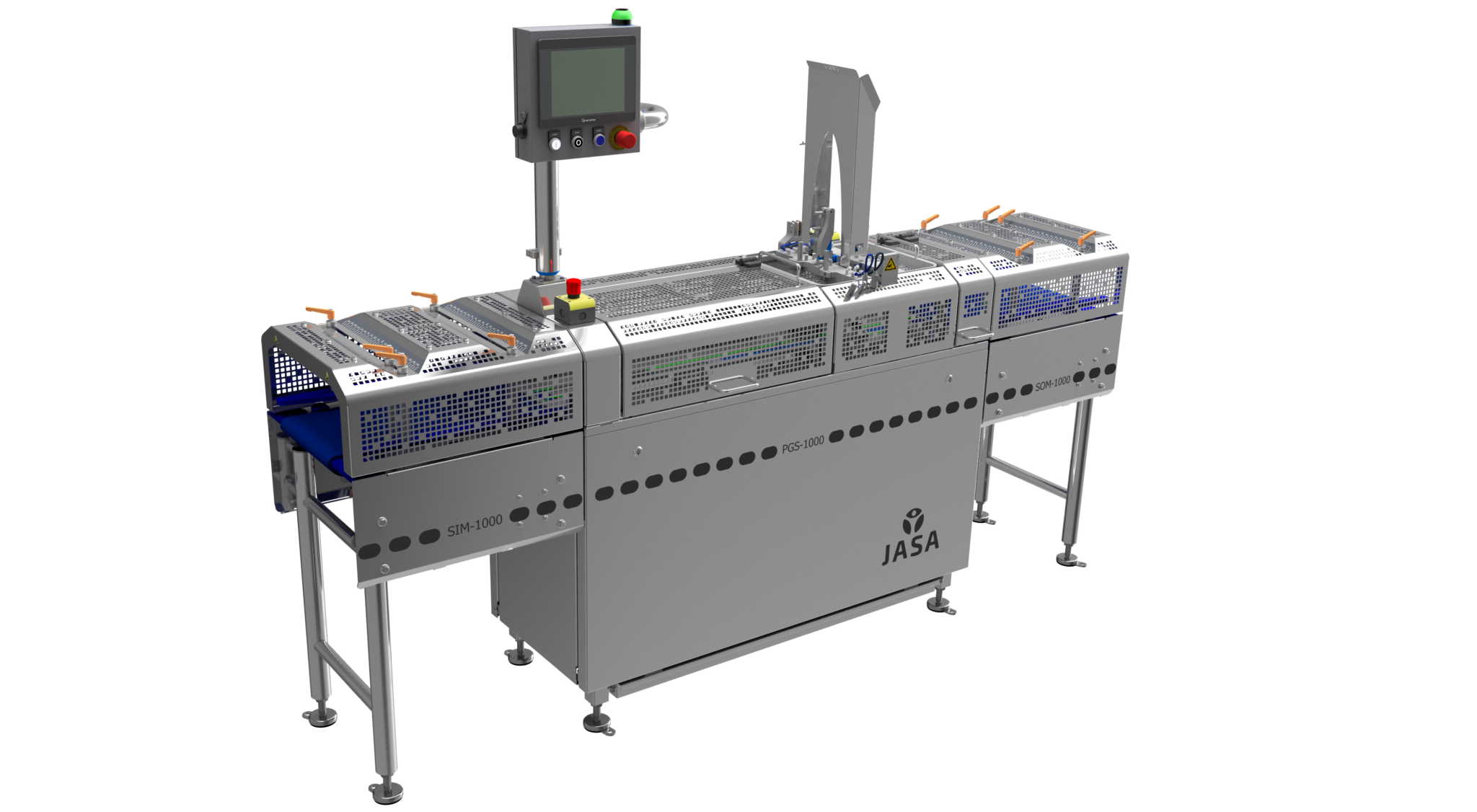
.png)


